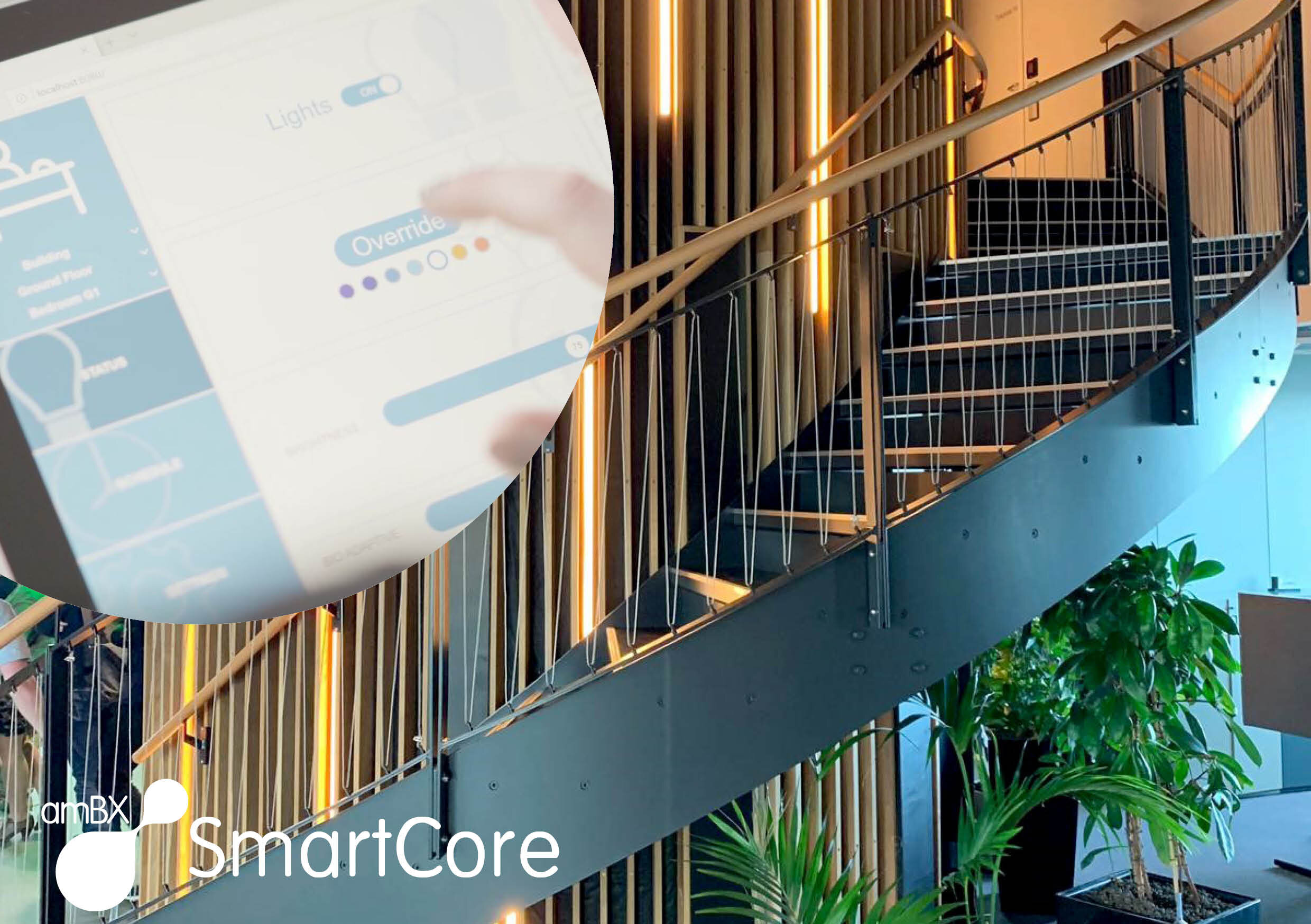Why you should future-proof your smart lighting
Investing in smart lighting can be a great way to future-proof your building. However, a lack of forward planning can compromise the value of this innovation. As this smart solution can be a significant investment for businesses, it is important to get the process right to get the most value out of it - the aim is for a smart lighting solution to continue to fulfil its purpose effectively for many years over the evolving life of a building.
Whilst many aspects of saving energy are well understood, the requirements of energy-saving can change radically as the use of a building evolves. Simultaneously, support for wellbeing and better lighting experiences are just beginning to be appreciated but remain less well understood by the masses.
There are also promising results from early studies and deployments of dynamic circadian lighting. However, further research is conducted to reveal the full potential of retinal ganglion cells and their impact on the core cycles of the human body.
We have already seen how research conducted into the impact of light on our circadian cycles has led to the development of circadian lighting, which is increasingly being commissioned in buildings. We can expect significant changes in lighting control systems' expectations as our understanding increases through further research and studies.
Traditional lighting systems use variants of a direct control paradigm where a system's behaviour is defined by rules that associate behaviours triggered by sensors with groups of light fittings. This model creates several key issues.
The behaviour of the lighting system must be fully defined before commissioning. This has the advantage that this phase captures the lighting designer's expertise, but the disadvantage that changing, updating or even refining this behaviour requires a re-design and re-programming phase.
Hard to transfer between projects
Common behaviours have to be re-implemented every time; no library.
Adding fixtures requires additional programming.
Adding sensors requires additional programming.
Any system that follows this traditional route runs the serious risk of being left behind. It is largely inflexible, and as the understanding of circadian lighting develops further, these systems would require high costs and large amounts of time to reconfigure. At the very least, there will need to be costly reprogramming or firmware updates (and for distributed systems, this might involve every control node in the system).
What is needed is to treat the lighting experience's core parameters as data rather than hard-coding these into a rigid system. Such data needs to be independent of the installation. The same data can be used again and again, allowing an easily updated library of experience data that is available to be installed with simple tools that allow updates to be made with minimal disruption.
Such a system with one or a few central controllers has the core benefit of being simpler to update. If that updating process were a fully integrated core function of the system, updates could be rolled out without interrupting the smooth running of the lighting control, minimising the impact on staff and operations.
At amBX, we have developed our SmartCore system with this ability. Updating the control strategy is a core part of its design. Our Light-Scenes and circadian definitions are not hard-coded into the system but can be loaded into an installed system to update or customise it with minimal disruption. This allows an amBX system to keep pace with scientific progress in the human-centric circadian lighting field and allows for greater tailoring of the system on a per-space basis. Our Light-Scenes can be transferred between projects without re-programming, even if the number and layout of fixtures are different from project to project.
Maybe it is time to revisit the distributed fixture-centric way that lighting control is viewed and embrace a greater centralisation of lighting management with a data-driven control architecture.

